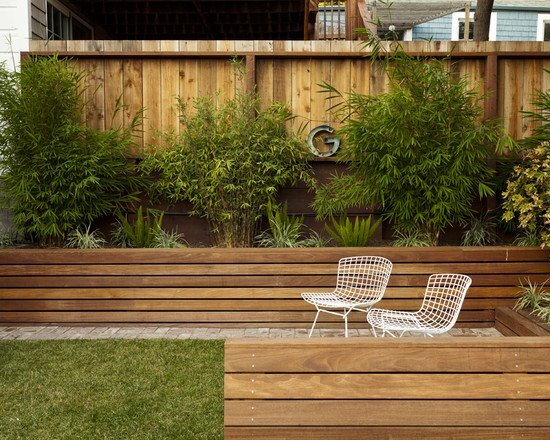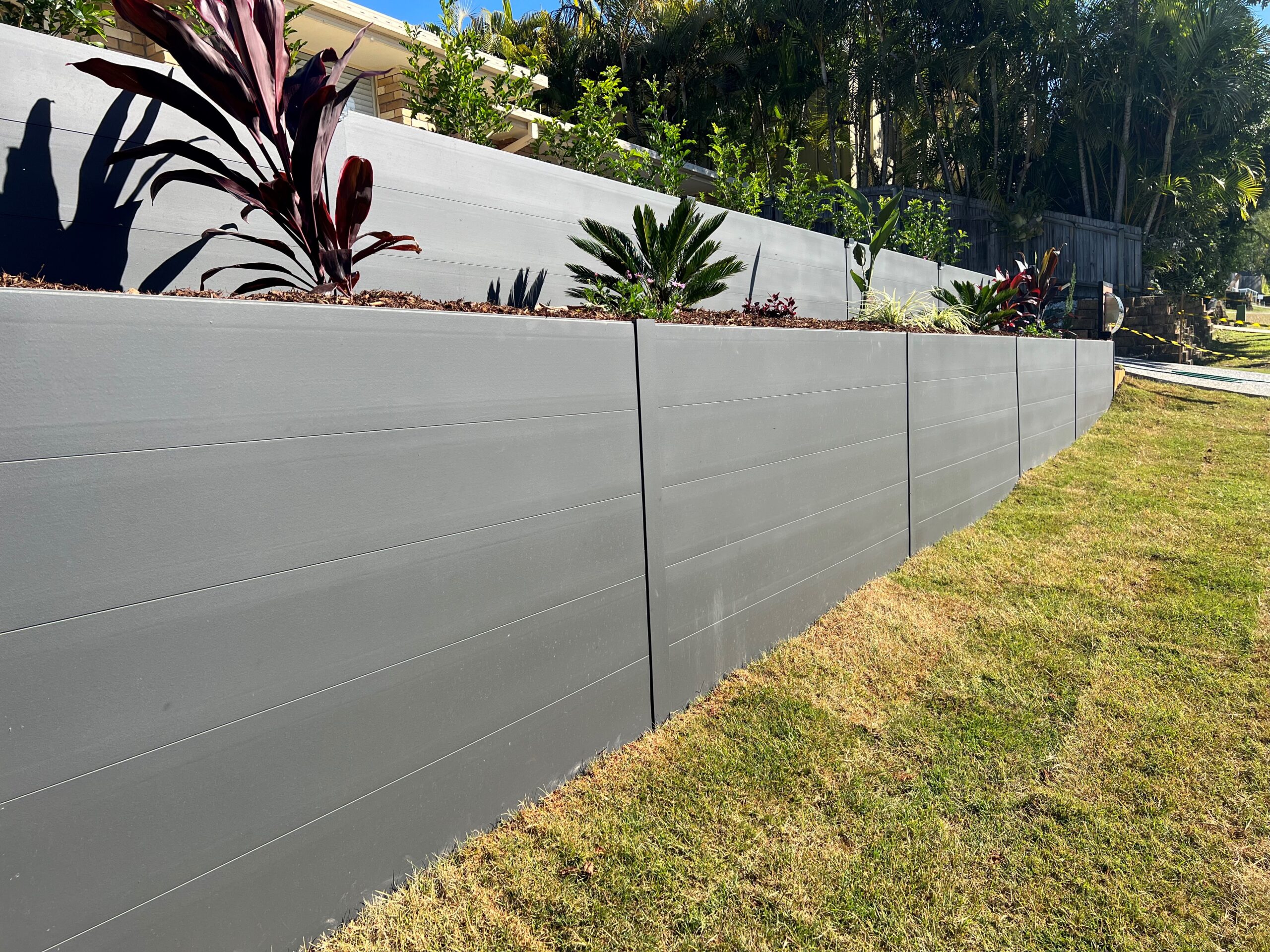Exactly How Retaining Walls Sunshine Coast Include Value and Capability to Your Residential property
Exactly How Retaining Walls Sunshine Coast Include Value and Capability to Your Residential property
Blog Article
Guaranteeing Structural Stability: The Value of Appropriately Created Preserving Wall Surfaces in Protecting Against Incline Failing
In the world of civil engineering and construction, the value of properly built preserving wall surfaces in averting incline failing can not be understated. By checking out the elaborate interaction in between these aspects, a much deeper comprehension of the essential duty that keeping wall surfaces play in maintaining structural stability and stopping slope failing arises.
Role of Retaining Walls in Stability
The indispensability of maintaining walls in making certain slope stability is paramount in civil engineering practices. Retaining wall surfaces serve a crucial duty in protecting against dirt erosion, managing water drainage, and keeping the architectural stability of slopes. By supporting near-vertical or upright grade adjustments, maintaining walls help to rearrange side stress put in by the soil, therefore decreasing the risk of incline failure.
One key feature of preserving walls is to neutralize the pressure of gravity acting on the dirt mass behind them. This is attained through appropriate style and building and construction, which considers aspects such as dirt type, wall elevation, drainage arrangements, and prospective additional charge tons. By successfully maintaining dirt within defined limits, these frameworks aid to stabilize slopes and stop landslides.
Furthermore, retaining walls contribute to the appearances of landscapes while giving functional benefits. They can create terraced levels for landscaping, assistance highways or frameworks on hills, and enhance the general functionality of sloped surface. In significance, keeping wall surfaces play an essential role in preserving incline stability and ensuring the safety and security and durability of civil design projects.
Factors Affecting Wall Surface Performance
Factors that influence the effectiveness of keeping wall surfaces include dirt homes, wall design, and exterior loads. Proper wall design thinks about factors like wall surface height, wall surface type (e.g., gravity walls, cantilever wall surfaces), support materials, water drainage systems, and construction techniques to ensure the wall surface can stand up to the side stress applied by the maintained soil. By taking into consideration these aspects comprehensively, engineers can create retaining walls that efficiently avoid slope failure and make sure long-lasting architectural honesty.
Layout Factors To Consider for Retaining Wall Surfaces
Incorporating the critical facets of dirt homes and outside tons into the architectural style procedure is vital for creating efficient maintaining walls that ensure slope security. When developing keeping walls, engineers must very carefully review the attributes of the surrounding soil, including its compaction, kind, and water drainage homes. Recognizing these dirt residential or commercial properties is critical for identifying the ideal wall density, height, and reinforcement needed to endure the lateral pressure exerted by the dirt mass.
Furthermore, exterior loads such as surcharge loads from neighboring structures or traffic, in addition to seismic pressures, have to be taken into consideration throughout the design stage. These loads can dramatically affect the security and performance of a keeping wall surface, necessitating using correct style strategies and materials to mitigate possible failing dangers.
In addition, the choice of ideal products, such as concrete, stone, or wood, should line up with the aesthetic needs and site-specific problems. Element of safety factors to consider, drain stipulations, and construction techniques are also essential facets that influence the total style and functionality of keeping walls in protecting against incline failure. By meticulously considering these layout factors to consider, designers go to the website can ensure the structural stability and long-term stability of retaining wall surfaces.

Building Best Practices for Resilience
When building retaining wall surfaces for optimum resilience and longevity, adherence to industry-standard techniques and meticulous attention to information are paramount. To ensure the resilience of a keeping wall, correct website preparation is essential.
Including reinforcement methods, such as geogrids or steel bars, can boost the architectural stability of the preserving wall and avoid possible failures. By complying with these construction ideal practices, maintaining walls can hold up against the test of time and effectively avoid slope failure.
Significance of Appropriate Upkeep
Normal upkeep is important for maintaining the structural honesty and functionality of preserving walls over time. To make sure that retaining wall surfaces proceed to do their desired function properly, regular assessments need to be carried out to recognize any indications of wear and tear.

Verdict
To conclude, maintaining wall surfaces play a crucial function in making certain architectural stability and protecting against slope failing. By considering elements affecting wall surface performance, adhering to develop great post to read considerations, complying with building and construction ideal techniques, and implementing appropriate maintenance, the resilience of keeping walls can be optimized. Retaining Walls Sunshine Coast. It is important to recognize the importance of effectively built preserving wall surfaces in keeping security and stopping potential dangers related to incline failure
Factors that affect the effectiveness of maintaining wall surfaces include soil residential properties, wall surface design, and exterior tons. Proper wall surface style considers factors like wall surface height, wall surface type (e.g., gravity wall surfaces, cantilever walls), reinforcement products, drainage systems, and building and construction methods to ensure the wall surface can endure the lateral stress exerted by the preserved soil. By taking into consideration these elements comprehensively, engineers can create maintaining walls that successfully prevent slope failing and ensure lasting structural honesty.
Maintenance jobs may consist of removing drain systems to stop water accumulation behind the wall, repairing any visible splits or damage, and making certain that the wall is cost-free from vegetation that might apply pressure on the structure. By taking into consideration elements affecting wall surface effectiveness, adhering to create considerations, following building ideal practices, and executing appropriate upkeep, the toughness of keeping walls can be taken full advantage of.
Report this page